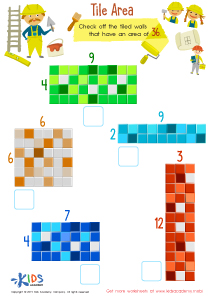Visual perception Normal Numbers Worksheets for Ages 5-8
8 filtered results
-
From - To
Introducing our Visual Perception Normal Numbers Worksheets for Ages 5-8! These expertly designed printables help children develop essential visual perception skills through engaging number activities. Perfect for young learners, our worksheets combine fun exercises with educational content, ensuring kids enjoy while mastering number recognition, sequence, and patterns. Each worksheet is crafted to build a strong foundation in math, boosting confidence and academic success. Ideal for classroom use or at-home learning, these resources cater to various learning styles, making math exciting and accessible. Start nurturing your child’s numerical skills today with our comprehensive and interactive worksheets!
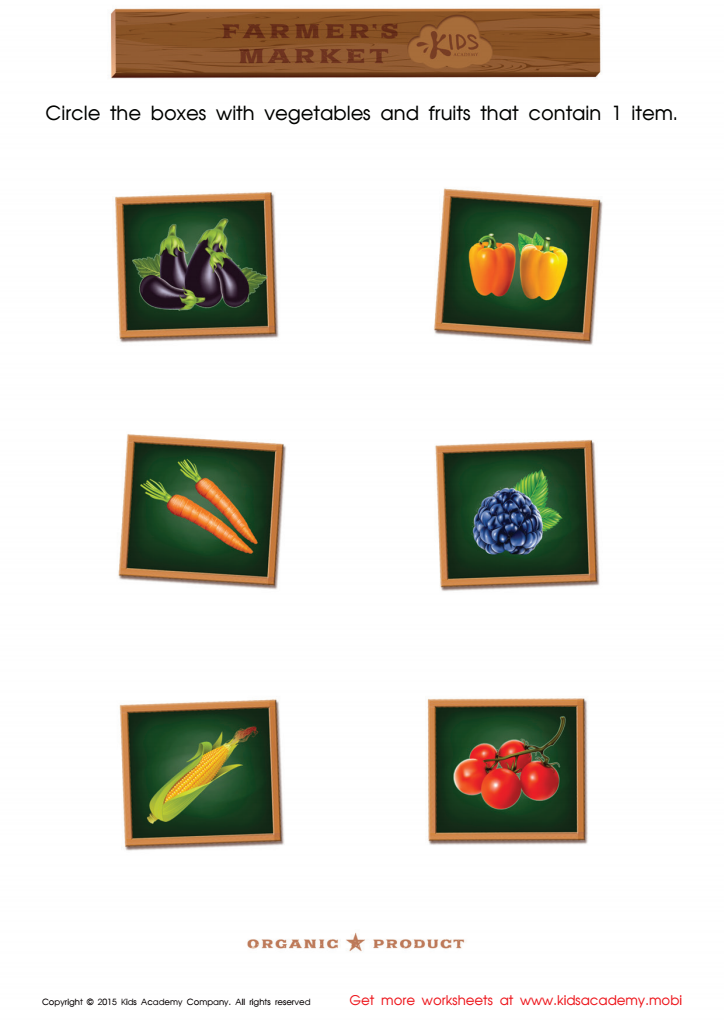

Count and Match Boxes with Vegetables


Count and Pair on the Farm Worksheet
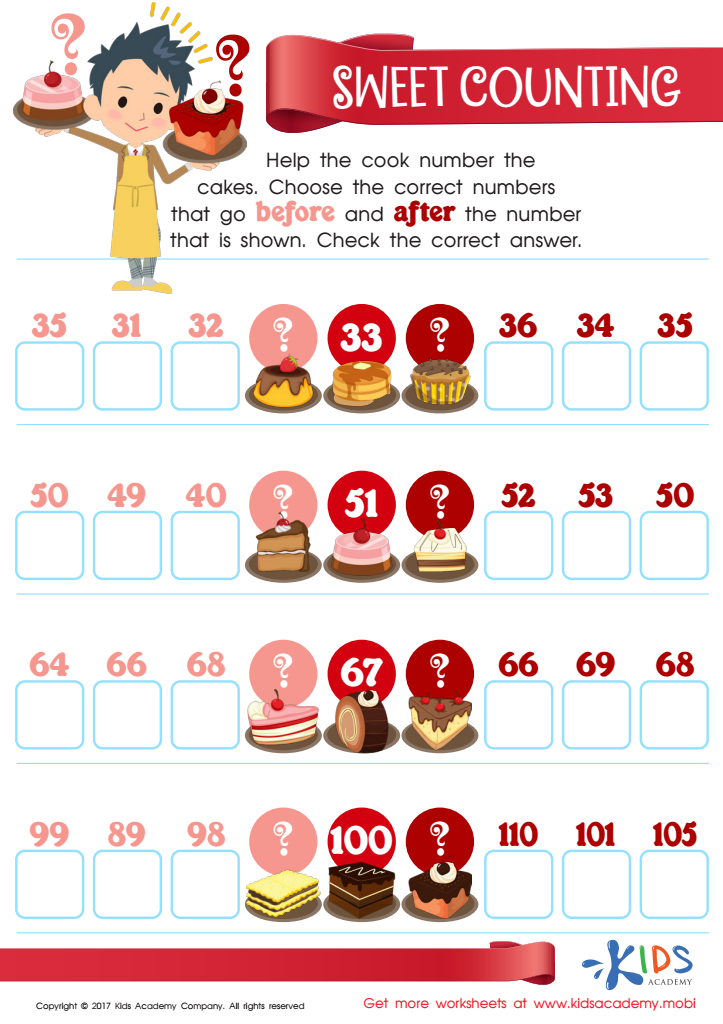

Sweet Counting - Part 1 Worksheet


Count and Match Points 10 Math Worksheet


Classifying Toys by Type and Color Sorting Worksheet
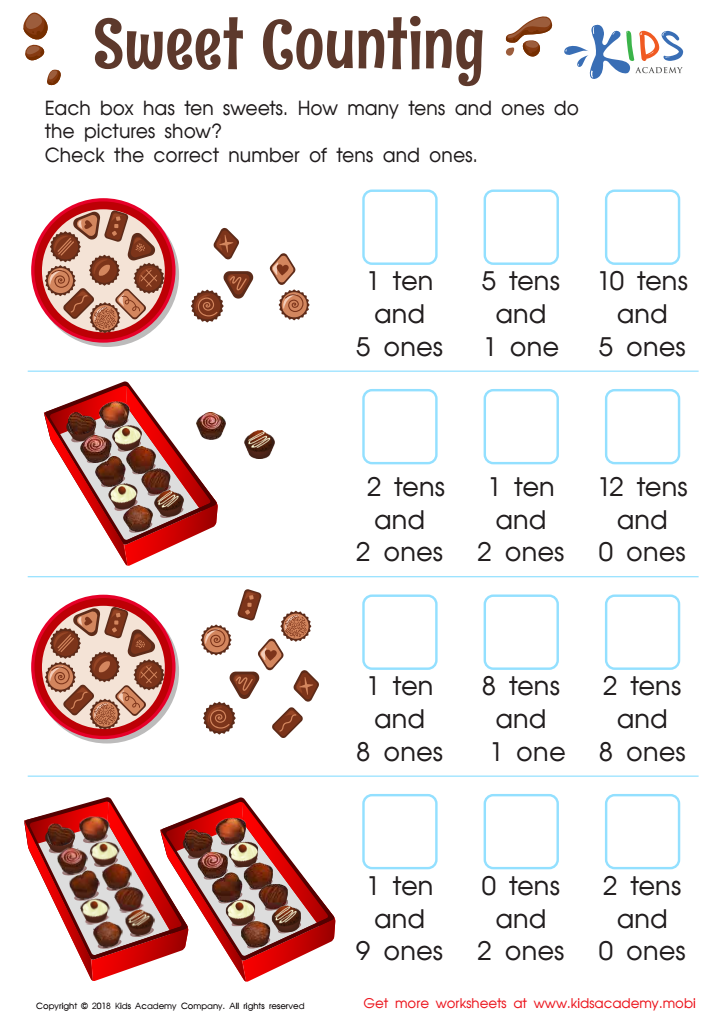

Sweet Counting - Part 2 Worksheet
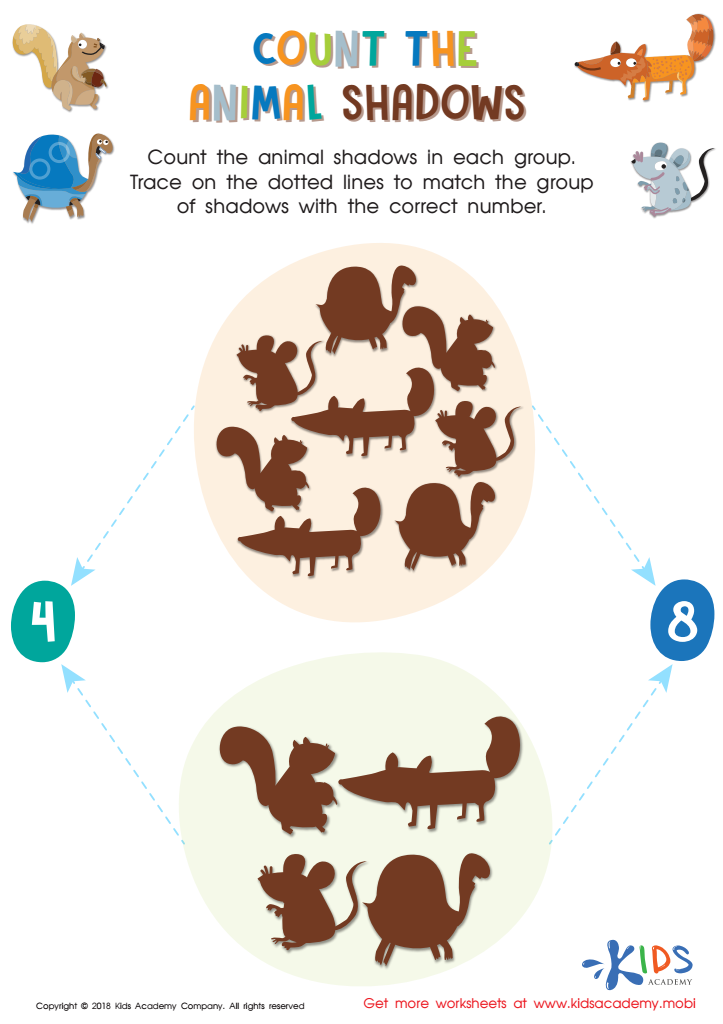

Count the Animal Shadows Worksheet
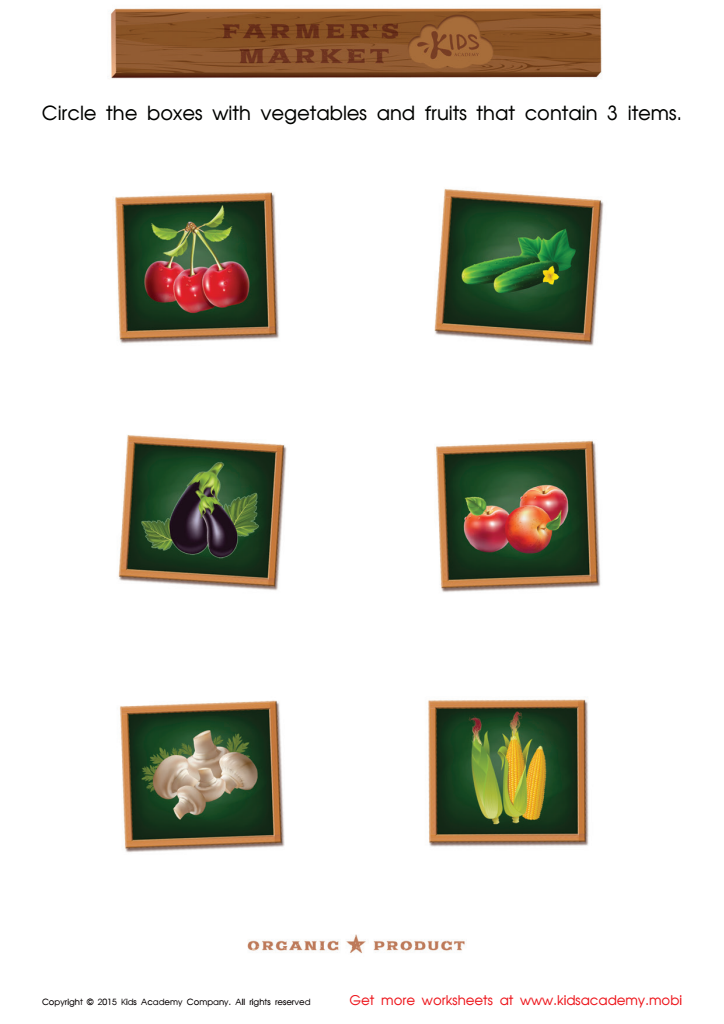

Count and Match Vegetables 1 – 5 Math Worksheet
Visual perception is essential for children, particularly those aged 5-8, because it plays a crucial role in their early learning stages. Normal numbers—numbers as they typically appear on paper—are foundational to mathematical literacy. Understanding these numbers and being able to visually distinguish and interpret them correctly is fundamental for effective number recognition, handwriting, and problem-solving skills.
During these formative years, children are developing their ability to see and process visual information. Good visual perception skills enable them to discriminate between different numbers, note patterns, and understand spatial relationships on a page. This capacity affects their reading skills, as both involve identifying symbols and decoding them into meaningful concepts. Poor visual perception can hinder a child’s ability to excel academically, resulting in frustration and a potential lack of confidence.
From a developmental perspective, mastery of visual perception pertaining to numbers ensures that children can follow along easily with classroom activities, understand homework instructions, and engage fully with educational games that involve numbers. Teachers and parents should therefore be attentive to nurturing these skills through activities that encourage visual discrimination, pattern recognition, and spatial awareness. Such early interventions can make learning smoother and more enjoyable, setting a strong foundation for future academic success.
 Assign to My Students
Assign to My Students















